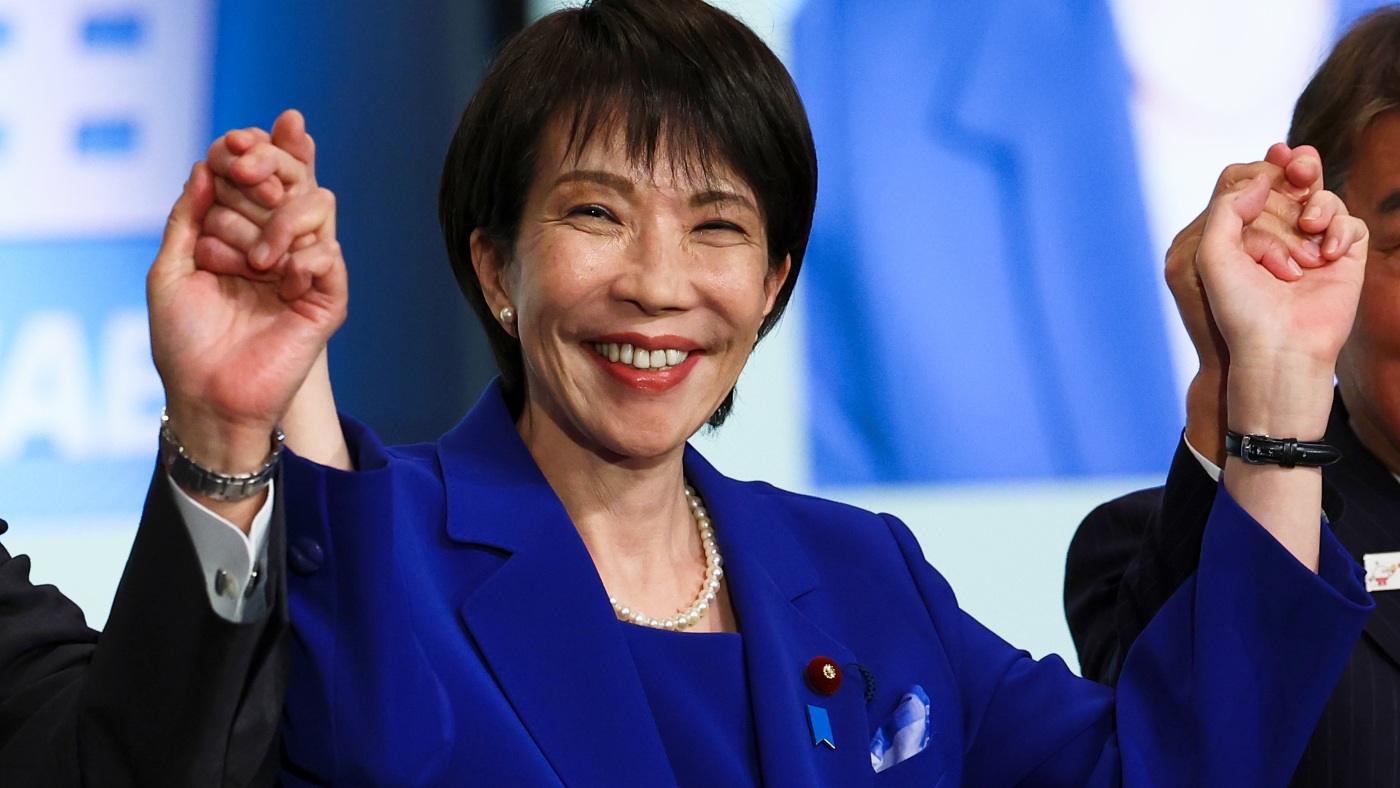TOKYO — Japan’s ruling party has chosen Sanae Takaichi, a strong conservative and former Economic Security Minister, as its new leader. This election positions her to potentially become Japan’s first female prime minister. At 64, Takaichi breaks ground in a country often criticized for its low ranking in gender equality. She stands out as a significant figure within the male-dominated Liberal Democratic Party (LDP).
Takaichi is well-known for her admiration of former British Prime Minister Margaret Thatcher and her alignment with the late Prime Minister Shinzo Abe’s hardline views. Her regular visits to the Yasukuni Shrine, a contentious site linked to Japan’s militaristic past, could strain Japan’s relationships with its Asian neighbors.
In the recent vote, Takaichi secured her position after defeating Agriculture Minister Shinjiro Koizumi, the son of a popular former premier. Her leadership comes as the LDP faces recent electoral setbacks and seeks to regain public trust.
The LDP remains the largest party in Japan’s lower house, which means Takaichi is likely to assume the role of prime minister. Unlike previous leaders, opposition parties are fragmented, making it easier for her to consolidate power.
When the results were announced, Takaichi thanked her supporters, stating, “I made history for the LDP.” However, she acknowledged the challenges ahead, calling for unity and action to restore public hope in the party.
The LDP has experienced significant losses recently, and its new leader must work to regain voter confidence. With pressing issues both domestically and internationally, Takaichi’s ability to engage and collaborate with opposition parties will be crucial.
Former Prime Minister Shigeru Ishiba, who Takaichi replaces, expressed hope for cooperation under her leadership. Ishiba managed notable diplomatic efforts, including negotiations with the U.S. regarding tariffs and improving relations with South Korea during his time in office.
As Takaichi steps into this pivotal role, experts caution that she may need to soften her hardline stance, especially on matters involving China. During her campaign, she presented herself as a “moderate conservative,” signaling openness to working across party lines. However, her past comments have stirred controversy, such as her claims about foreign visitors in Nara, where deer were reportedly harmed.
Polls reflect a mixed sentiment toward the LDP, and her leadership style will face scrutiny. According to a recent survey by the Japan Research Institute, over 60% of voters expressed concerns about political corruption and the party’s long-standing scandals. This lingering distrust may pose challenges for Takaichi as she tries to rally support and tackle pressing issues, including Japan’s defense spending under pressure from international allies.
Ultimately, Takaichi’s success as a leader will hinge on her ability to broaden the LDP’s appeal while addressing contemporary societal issues. The political landscape in Japan is shifting, and the choices she makes in the coming months could reshape the country’s future significantly.





















